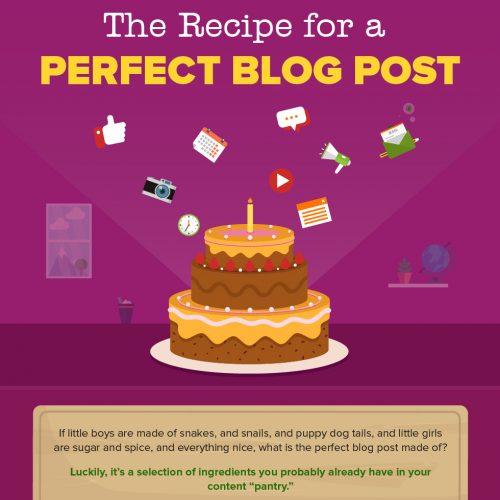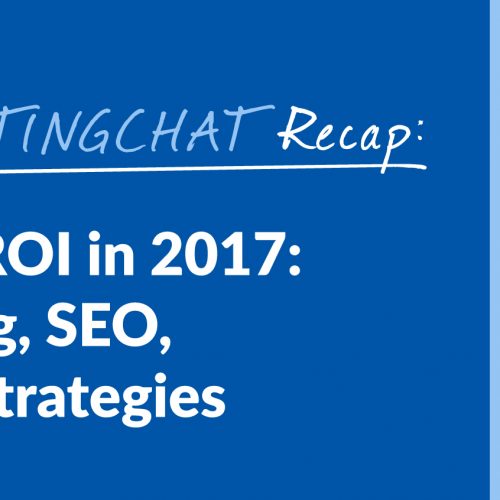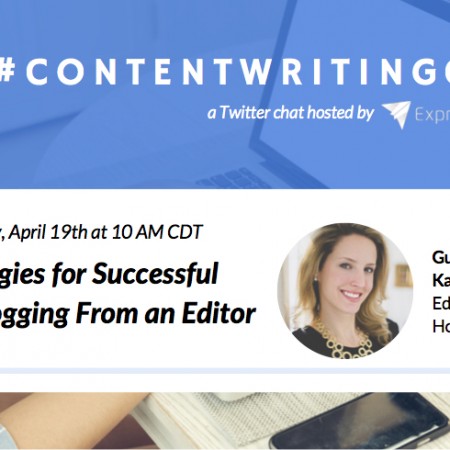15 of the Most Influential Bloggers and What You Can Learn From Them
Work until you will no longer have to introduce yourself! This is arguably one of the best pieces of advice that you will ever receive while working hard to grow your business. Next thought: could a blog simplify your efforts and support your boldest ambitions? The success stories of today’s best-loved influencers in the content industry show that a blog is an invaluable asset that can bring you money and fame in the long run. Let’s look at how they did just that! 15 Bloggers Who Prove That Content Success Is Just Around the Corner Some of the most influential bloggers of the moment demonstrate that inspiring strings of words can consolidate businesses, change mindsets and turn losses into profits. Here are 15 prominent, brilliant people who master the art of business blogging. 1. Noah Kagan. Noah Kagan of okdork.com is the founder of two multi-million businesses, successful blogger and Tacodeli lover. His blog is an excellent source of inspiration for those who are looking forward to revamping their content strategy and putting their talent and excellent writing skills to good use to supplement their income. Posts like What I’ve Learned about Email Marketing after Losing $135,000 a Day are educational, information-rich and tailored to the needs of readers who wish to reduce their losses and boost their productivity in the content industry. Whether you want to learn how to grow your email list or improve your writing, Kagan’s expert advice will guide you in the right direction. 2. Darren Rowse. As a former minister with a plethora of interests, including food, reading, movies, wine and photography, Darren Rowse has what it takes to fit the profile of a successful blogger. Rowse is the founder of multiple blog networks and blogs, including ProBlogger.net and b5media. 3. Pat Flynn. Pat Flynn from www.smartpassiveincome.com can teach you everything you need to know about foolproof ways of making passive income. If you also want to hear the ka-ching sound effect while resting on your couch with your laptop on your lap, follow Flynn and find out how he managed to make 3 million dollars over the course of six years by creating websites that target different niches. An interview published by Forbes reveals some of his well-kept secrets: he surprises his audience with well-written informative materials that answer their daily questions. By providing digital books and other freebies, Flynn keeps his readers coming back for more time after time. 4. Neil Patel. Neil Patel is a Seattle-based angel investor, entrepreneur and analytics specialist. As the founder of Crazy Egg and KISSmetrics, Patel gives SEO/blogging tips meant to help small business owners succeed where others have failed. Patel takes his relationship with his readers/potential clients to a whole new level by introducing a new option: Reserve Neil Online. At a touch of a button, you can schedule a confidential discussion with Neil Patel and discover the secrets of the entrepreneur who has turned multiple blogs into a successful online business. 5. Seth Godin. Godin is an overall genius: author, entrepreneur, marketer, and public speaker.The sky is the limit when it comes to inventorying the number of things that you could learn from this extraordinary multitasker. Land on his website, check out his blog, fall in love with his newest bestseller entitled What to Do When It’s Your Turn, and don’t forget to take a glance at the section entitled “Free Stuff.” In this corner, you’ll be able to download and analyze manifestos, PDFs and ebooks for free. For instance, The Bootstrapper’s Bible is available for free for a limited period of time and teaches you for to start a business when you have no money in your pockets. Download, read and apply. 6. Matt Marshall. Matt Marshall is the Founder and CEO of VentureBeat. For almost a decade now, VentureBeat has made a name for itself as a leading source of information delivering fresh news that can help tech enthusiasts, entrepreneurs and executives make smarter decisions. Basically, this premium resource that attracts around 7.5 million unique visitors each month gives you the chance to discover and understand all the novelty factors associated with various technology trends, ranging from games and health tech to mobile and social media. Marshall signs a series of interesting must-read articles that will automatically catch your eye, especially if you’re interested in the tech innovation and entrepreneurial field. 7. Rand Fishkin. Fishkin is the Founder of Moz and Co-Founder of Inbound.org. His blog gets thousands of views and shares, besides all the traction his amazing company Moz has had. He’s also a celebrated speaker at events like PubCon, and a well-read author. His Whiteboard Fridays are some of the best visually done weekly vlog-casts on the web. 8. Matt Cutts. Everybody knows Cutts as the voice of Google. He isn’t the most awesome blogger (sporadic posts, all over the board on topics) but he is definitely highly followed and read. Maybe because he works at Google—just a guess. 9. Gina Trapani. Gina Marie Trapani is the CEO and Founder of Lifehacker. She is also a reputable web developer, writer and tech blogger and the author of several bestselling books that deserve a spot on your nightstand, including Lifehacker: 88 Tech Tricks to Turbocharge Your Day and Upgrade Your Life. She is constantly active on social media platforms and spends most of her day podcasting and coding. Trapani is also the proud co-founder of ThinkUp, a brilliant app allowing you to picture your online self by offering you daily insights that you wouldn’t be able to find anywhere else. In case you’re interested, note that this handy tool comes with a 14-day free trial. 10. Pauline Cabrera. Pauline Cabrera is the founder of www.twelveskip.com, a popular blog on all things Internet Marketing. TwelveSkip is a top-rated resource whose purpose is to address the problems and concerns experienced by small business owners striving to boost their online visibility. Delivering a mix of quality information on content marketing, blogging, affiliate marketing and visual marketing, this blog also provides countless practical tips, educational … Read more








